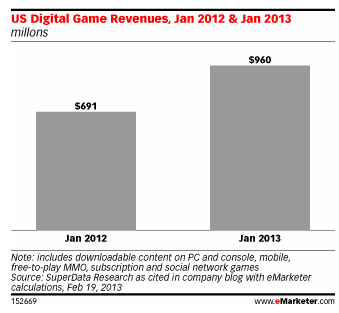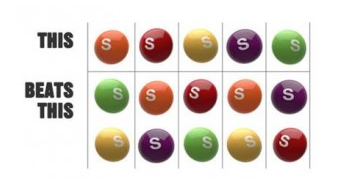Over half of adults play video games. Yes, you read that correctly – more than 50% of consumers ages 18 and older report an affinity for gaming – and businesses everywhere are taking note.
The rising “gamification” trend refers to the melding of marketing and entertainment by way of branded digital games. Many big brands have utilized gamification as part of their marketing strategy, focusing on increasing digital awareness and engagement. And considering that the video game industry is worth nearly $100 billion worldwide, we think they’re on to something.
Intertwining gaming and marketing can yield bountiful benefits if correctly optimized. Before jumping on the gamification train, however, you should first analyze brand voice and goals to determine if it makes sense for you. This is largely dependent upon your audience and their potential level of interest.
Those who do decide to move forward with a gaming strategy should then choose a focus – product placement, incentives, offers, etc. – to work into the concept. Well-known beer brand Heineken provides an excellent example of successful gamification with Star Player. The digital football game was in promotion of their UEFA Champions League sponsorship, and the integration of Facebook and the prizes offered help boost sales. Social mentions of Heineken increased 78% over other sponsors, with a big increase in Facebook and Twitter traffic.
Beer and football are a meant-to-be type of partnership, demonstrating the importance of relevant gamification. Heineken’s early adoption of this idea in 2011 was just the beginning. Now, countless other brands are developing their own custom games to stand out from the pack, and the increase in mobile usage has further fueled the fire. EMarketer reports that: “Mobile gaming has been a high-growth market in recent years, with revenues increasing at triple-digit rates in 2012 and 2011.”
The chart below illustrates the explosive growth – in revenue – of overall digital gaming, necessitating strategic consideration for your brand.
Consumer Packaged Goods brands, in particular, seem to be avid adopters of gamification. Lucky Charms concocted a notable marketing and gaming collaboration with their “Chase for the Charms” app, in which users had to capture lucky charms to win instant prizes – and a shot at the final grand prize of $10,000. Skittles also created a game around product promotion: “Rock, Paper, Skittles.” Although it’s now over, the creative campaign allowed users to play the game in order for a chance to be entered into a sweepstakes for $50,000 and a “Skittles-dispensing championship belt.”
Gamification continues to pick up momentum as brands search for new ways to reach consumers. More time spent online and advanced digital capabilities leads to higher expectations when it comes to marketing. It’s vital for businesses to be tuned into the latest innovations and trends in order to reach those influential consumers.

